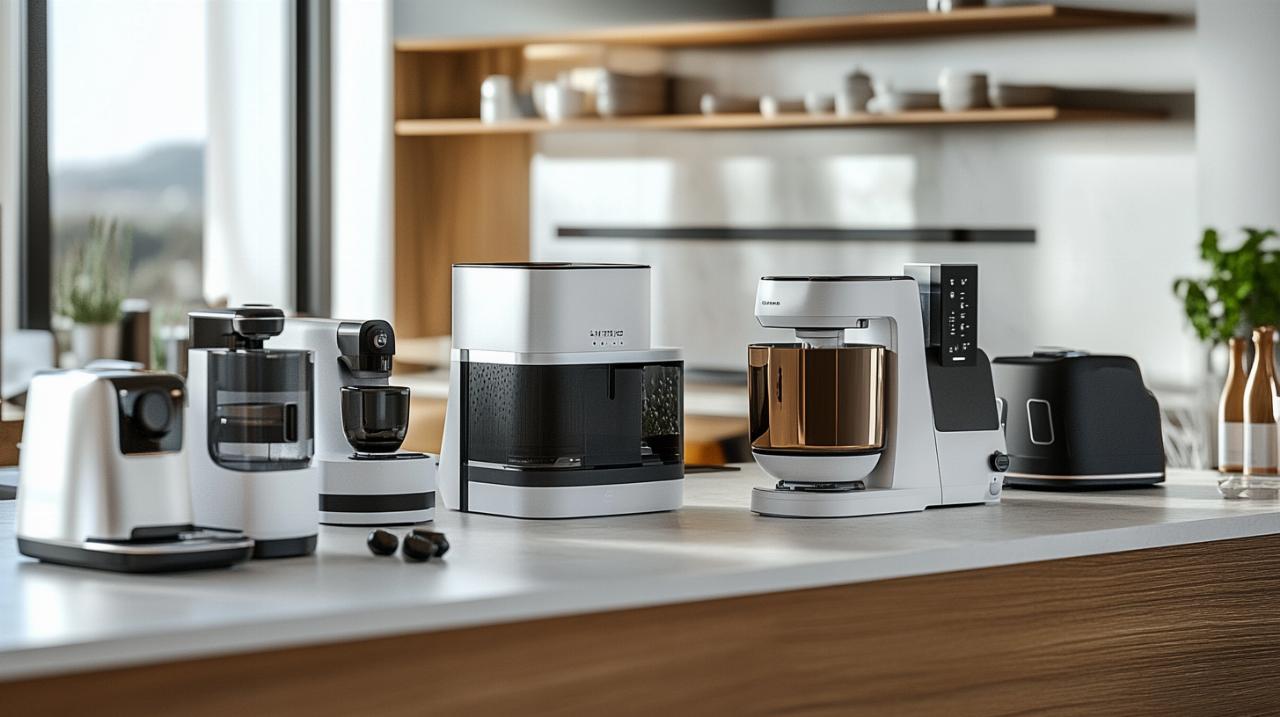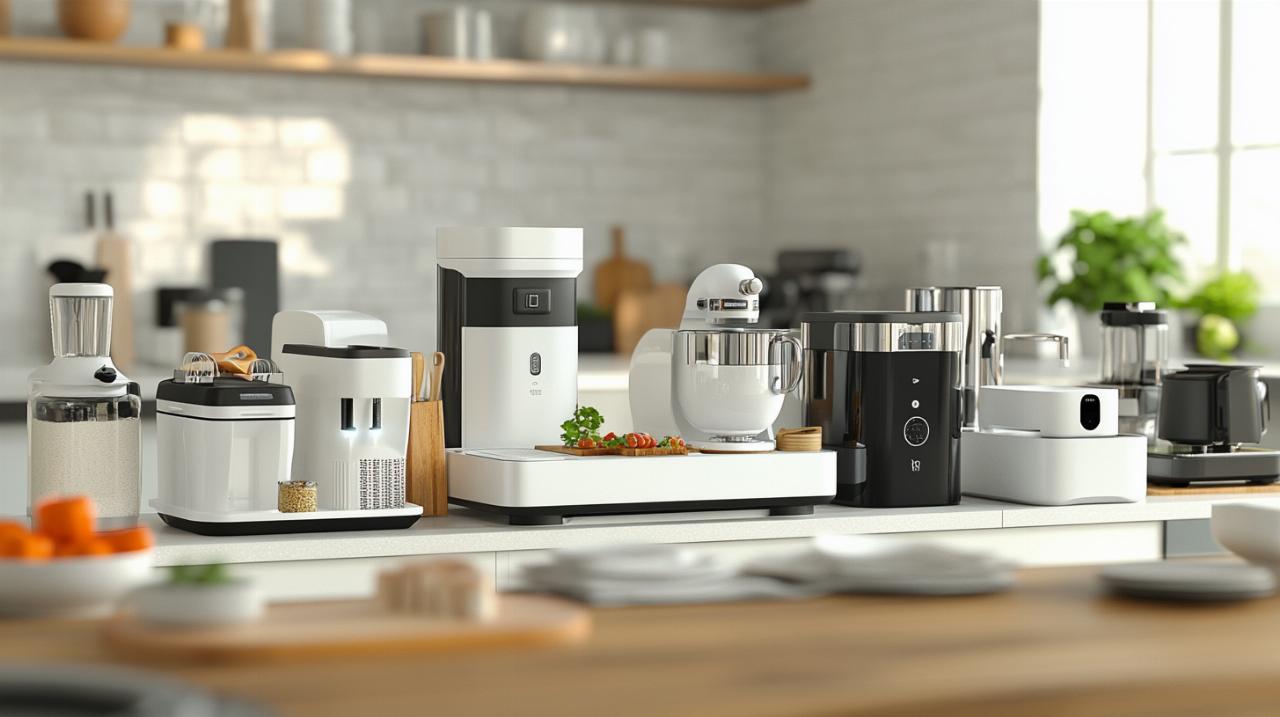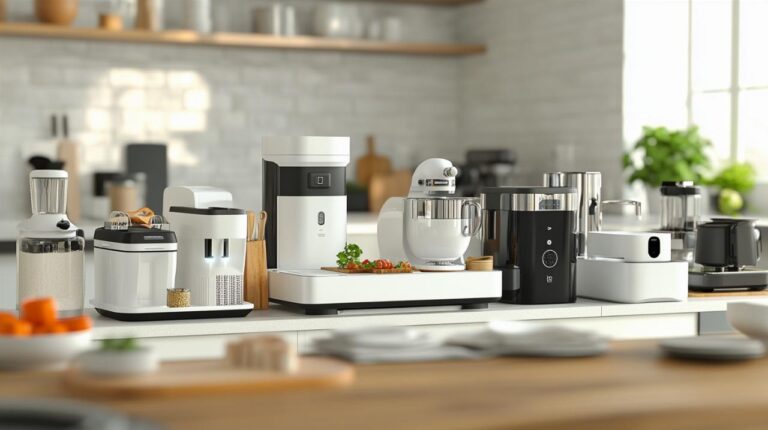Equipping a professional kitchen with the right tools can make all the difference between a smooth service and a chaotic one. Whether you are managing a bustling restaurant, a ghost kitchen focused on delivery, or a commissary catering to multiple clients, selecting the appropriate kitchen robots and food processors is a decision that impacts efficiency, consistency, and ultimately, your bottom line. This comprehensive guide walks you through the essential considerations, from motor power and capacity to cost-effectiveness and long-term durability, ensuring you invest wisely in equipment that meets the demands of your operation.
Understanding the Essential Features of Professional Kitchen Equipment
Choosing commercial catering equipment requires a clear understanding of what separates professional-grade machines from domestic models. Professional kitchen equipment is built to withstand the rigours of daily, high-volume food preparation. It is designed not only to perform tasks such as chopping, slicing, shredding, mixing, liquefying, pureeing, grinding, emulsifying, and kneading but to do so consistently over extended periods. The reliability and robustness of these machines are paramount, as downtime in a busy kitchen can lead to lost revenue and frustrated customers.
Power Requirements and Motor Specifications for Commercial Use
Motor power is one of the most critical specifications to evaluate when selecting food processors and blenders for a professional setting. For food processors, horsepower ratings typically range from half a horsepower to three horsepower, with higher ratings offering the ability to handle tougher tasks such as dough mixing and grinding meat. Continuous-feed processors, such as the Robot Coupe CL50 Ultra with its one and a half horsepower motor, are ideal for quickly slicing, shredding, and dicing large quantities of ingredients. Bowl-type processors, like the Waring WFP14S, offer versatility for chopping, pureeing, and blending sauces, and while they may have slightly lower power ratings, they remain robust enough for most commercial tasks. Combination processors, which merge the functionalities of both continuous-feed and bowl-type models, such as the Robot Coupe R402 or the Hobart FP250, provide exceptional flexibility and are well-suited to kitchens that require a wide range of food preparation capabilities. When assessing blenders, particularly countertop blenders, horsepower again plays a crucial role in determining the machine’s ability to handle frozen drinks, smoothies, and thick soups. Stick blenders, also known as immersion blenders, are favoured for their ability to blend large volumes directly in pots, with some models capable of processing up to forty litres at a time. Thermal blenders, which can cook and blend simultaneously, are becoming increasingly popular in catering businesses that prepare soups and sauces in bulk. The durability and reliability of these machines hinge on the quality of the motor, so it is essential to choose models from reputable brands such as Robot Coupe, Hobart, Waring, Magimix, and Cuisinart, all of which are known for their heavy-duty construction and longevity.
Capacity considerations for high-volume food preparation
Capacity is another defining factor when selecting professional kitchen appliances. For food processors, bowl capacity should match the volume of food you prepare daily. Smaller kitchens or those with lower throughput might find a two to four-quart unit sufficient, while larger establishments, including busy restaurants and commissary kitchens, will benefit from machines with bowls ranging from ten to twenty litres or more. A bowl capacity of at least five litres is generally recommended for commercial use, ensuring that you can process adequate quantities without constant interruptions to empty and refill. Features such as a scraper arm can reduce waste and improve efficiency by ensuring that all ingredients are evenly processed. For blenders, a capacity of one and a half litres or more is ideal for countertop models, particularly those used for making smoothies, frozen drinks, and milkshakes. Stick blenders, by contrast, are designed for direct immersion in large pots and can handle significantly higher volumes, making them indispensable for soup and sauce production. Ghost kitchens, which focus on delivery rather than dine-in service, often operate with leaner overheads and may opt for smaller, more versatile units that still deliver professional results. When choosing the size of your equipment, consider not only your current needs but also potential growth, as investing in a slightly larger capacity now can save you from needing to upgrade in the near future. To further explore insights on optimising your kitchen setup and maximising efficiency, visit shopline blog for expert advice and industry trends.
Evaluating Cost-Effectiveness and Return on Investment

Investing in professional kitchen equipment is a significant financial commitment, and it is crucial to weigh the initial purchase price against the long-term benefits. While budget constraints are a reality for many catering businesses, particularly those just starting out or operating as ghost kitchens, choosing equipment solely based on price can lead to higher costs over time due to repairs, replacements, and inefficiencies. A well-considered investment in durable, reliable machines can deliver substantial returns through improved productivity, reduced labour costs, and consistent quality.
Comparing initial purchase price against long-term durability
The initial cost of commercial food processors and blenders varies widely depending on the brand, features, and capacity. Mini choppers can be found for around twenty pounds, while premium models from brands such as Magimix, Sage, and KitchenAid can exceed four hundred pounds. For continuous-feed processors, budget recommendations for ghost kitchens range from seven hundred to four thousand pounds, with high-budget options like the Hobart FP150 offering exceptional durability and performance for larger operations. Mid-range choices, such as the Robot Coupe CL50 Ultra, provide a balance of quality and affordability, typically priced between fifteen hundred and twenty-five hundred pounds. For those on a tighter budget, the Waring WFP16SCD offers reliable performance at a more accessible price point. Bowl-type processors follow a similar pricing structure, with high-budget models like the Robot Coupe R301 Ultra costing between two thousand and three thousand pounds, while low-budget options such as the Waring WFP11S range from five hundred to nine hundred pounds. Combination processors, which offer the most versatility, are priced higher, with top-tier models like the Hobart FP250 reaching up to seven thousand pounds. Despite the higher upfront cost, these machines are built to last, often featuring stainless steel construction, dishwasher-safe components, and comprehensive warranties that protect your investment. The durability of professional equipment is a key consideration, as machines that withstand the rigours of daily use without frequent breakdowns ultimately prove more cost-effective than cheaper alternatives that require regular maintenance or replacement.
Analysing time savings and labour cost reduction benefits
Beyond the purchase price, the true value of professional kitchen robots and food processors lies in their ability to save time and reduce labour costs. Commercial food processors can handle tasks such as chopping vegetables, grating cheese, crushing nuts, and grinding meat with remarkable speed and consistency, freeing up staff to focus on more complex culinary tasks. Blenders, whether countertop or immersion, streamline the preparation of soups, sauces, smoothies, and dips, ensuring that each batch meets the same high standard. This consistency is particularly important for catering businesses and restaurant equipment operations, where maintaining a uniform product is essential for customer satisfaction and brand reputation. The time savings achieved by using these machines can be significant, allowing kitchens to increase output without proportionally increasing staff numbers. For ghost kitchens, which often operate with minimal overheads, this efficiency can be the difference between profitability and loss. Starting a ghost kitchen can cost as little as thirty thousand pounds, compared to over one million pounds for a traditional restaurant, and the right equipment plays a crucial role in maximising that cost advantage. Labour cost reduction is another critical benefit, as tasks that once required multiple staff members or extensive manual effort can now be completed by a single machine in a fraction of the time. Ease of use is a further consideration, with many modern food processors and blenders featuring intuitive controls and dishwasher-safe parts that simplify both operation and cleaning. Training staff to use the equipment properly and maintaining it through regular cleaning and servicing ensures that the machines continue to deliver optimal performance over their lifespan. When evaluating the return on investment, consider not only the direct financial savings but also the intangible benefits of improved efficiency, reduced stress during peak service times, and the ability to scale your operation as demand grows. By investing in high-quality, durable equipment from trusted brands such as Ninja, Kenwood, Russell Hobbs, ProCook, and Cuisinart, you position your kitchen for long-term success and profitability.





